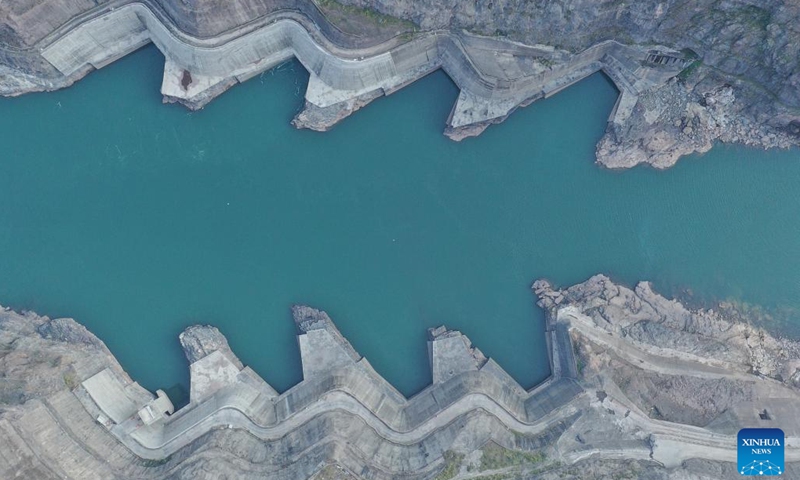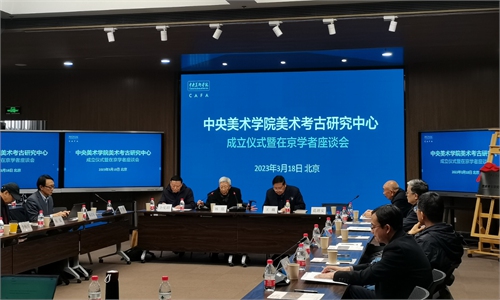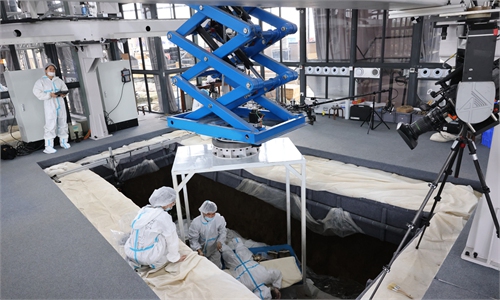ARTS / CULTURE & LEISURE
Second phase of Sanxing village excavation supports national project

This aerial photo taken on Nov. 24, 2022 shows the water outlet of the Baihetan hydropower station, which straddles the provinces of Yunnan and Sichuan in southwest China. The Baihetan hydropower station, the world's second-largest in terms of total installed capacity, went fully operational Tuesday in the upper section of the Yangtze River in southwest China, according to China Three Gorges Corporation.(Photo: Xinhua)
With a name similar to China's Bronze Age site Sanxingdui, the Sanxingcun, or Sanxing village, is a Neolithic archaeological site in Changzhou, East China's Jiangsu Province, that has recently reinstated excavations after investigations carried out 25 years ago.
Six consecutive archaeological investigations have been carried out at the site since 1993. More than 1,200 ancient human remains have been unearthed at Sanxingcun, making it a "repository of ancient human DNA," archaeologist Xue Feng told the Global Times.
Li Moran, a researcher at the Institute of Archaeology under the Chinese Academy of Social Sciences, said that the main reason they are restarting excavations is due to the site's importance in China's national project to trace the origins of Chinese civilization.
He said that previous excavations mainly focused on the tombs at the site, while the new-phase project will focus more on other areas such as the residential areas and handicraft workshops that also make up the site.
Previous excavations have brought more than 4,000 relics to light. Xue told the Global Times that Sanxingcun can show that the lower reaches of the Yangtze River had "human civilizations" more than 5,000 years ago.
Xue told the Global Times that among the various artifacts like jade, pottery as well as stone wares found at the site, bone-made relics were the most unique to the site since the artistry and crafting ingenuity that made the relics were "uncannily modern and developed" comparing to other primitive cultures at that time.
A set of extremely thin bone plates was discovered with intricately engraved patterns and holes semi-drilled through them. Li said that these bones had "spiritual connotations" for ancient Chinese.
"Those artifacts may express a way to understand the world and universe of their ancestors," Li noted, adding that Sanxingcun's advanced culture was not limited to mere bone relics.
A fragment of a stone yue (axe) has also been found at Sanxingcun. Once seen by ancient Chinese as a ritual object, these axes were the epitome of "hierarchical power and social and cultural nobility," cultural sociologist Chu Xin, told the Global Times.


